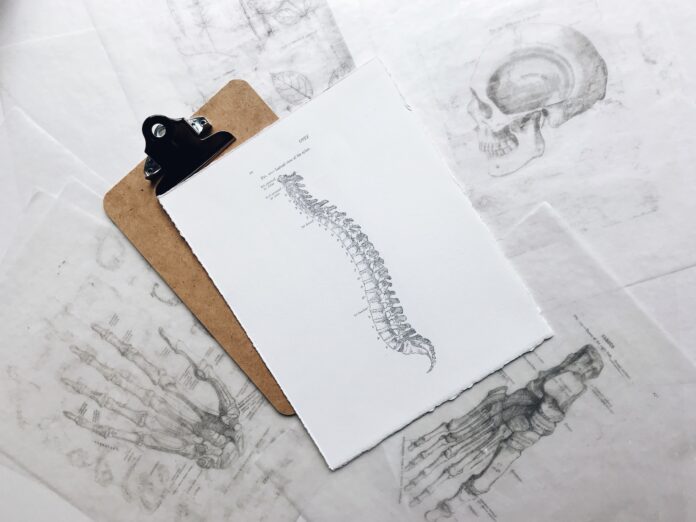Pain can be upsetting, especially when its cause is unknown and lacks an instant remedy. Chronic pain can affect daily life by limiting ordinary activities like walking, exercising, and sleeping. Healthcare consultants and professionals may recommend some pain management techniques that can reduce the impact of pain on your daily life. Here is some information about chronic pain and ways to manage it:
What Is Chronic Pain?
Chronic pain is a persistent or recurring ache lasting over several months. This pain is complex and multifaceted because it goes beyond the usual healing time of an injury. Chronic pain is a long-term condition that may persist long after the body has healed or recovered from an injury or illness. This can cause physical, emotional, and psychological distress.
It can be caused by injury, illness, inflammation, arthritis, fibromyalgia, nerve damage, or migraine headaches. Chronic pain lacks a clear origin or continues even after the initial cause has been addressed. It occurs when the nervous system becomes sensitized, sending persistent pain signals to the brain, making it challenging to identify the source of discomfort.
Chronic pain can manifest in musculoskeletal, neuropathic, or visceral systems. Pain is an individualized experience requiring personalized diagnosis and treatment approaches to alleviate its impacts. It can lead to fatigue, mood swings, and depression.
How Can Chronic Pain Be Managed?
Medications
Drugs may help improve the quality of life and relieve pain. Use over-the-counter or prescription drugs targeting painful areas. Nonsteroidal anti-inflammatory drugs (NSAIDs) like ibuprofen and naproxen alleviate inflammation and mild to moderate pain. You can manage severe pain using opioids while checking for side effects and addiction.
Antidepressants and anticonvulsants manage neuropathic pain by modulating the central nervous system’s pain processing. Consult a healthcare professional to develop a tailored pain management plan that addresses individual needs and minimizes potential risks.
Injections
Injections administer treatment directly into the affected region, allowing for a more localized and potent effect. You can choose epidural steroid or facet injections targeting disc, spinal canal, or joint pain. An injection can reduce inflammation and alleviate arthritis, tendonitis, and nerve compression pain.
Professionals administer local anesthetics or anti-inflammatory medications near specific nerves to temporarily block pain signals from reaching the brain. Trigger point injections target tight muscle knots, or “trigger points,” that can cause radiating body pain. Injections offer instant pain relief and improved function, allowing you to pursue other complementary therapies.
Stem Cell Therapy
A stem cell therapist harvests stem cells from the patient’s blood, adipose tissue, or bone marrow and inject them directly into the site of pain or injury. Stem cell therapy may help regenerate damaged cartilage, tendons, ligaments, and nerves.
This therapy can repair damaged tissues and reduce inflammation. It manages pain from soft tissue injury and mild arthritis. It is a less invasive procedure but advantageous due to reduced recovery time, minimal scarring, and a lower risk of complications.
Stimulation
Stimulation modulates the nervous system’s activity to alleviate discomfort. Stimulants deliver controlled electrical, magnetic, transcutaneous electrical nerve stimulation or vibrational stimuli to specific nerves or muscles to disrupt pain signals before they reach the brain. You can choose dorsal root ganglion, peripheral nerve, or spinal cord stimulation.
Stimulation can manage musculoskeletal, focal nerve, neuropathic, and postoperative pain. It interferes with pain signals en route to the brain or refractory chronic pain conditions. This pain management option is preferred when drugs and surgery are not ideal.
Physical Therapy and Rehabilitation
Therapy and rehabilitation address the underlying causes of discomfort and promote functional recovery. They may help improve strength, flexibility, and mobility while reducing pain by using targeted exercises and manual therapy. Contact a skilled physical therapist who will create a personalized treatment plan tailored to your needs. Consider pain severity, physical limitations, and overall health before starting therapy.
Stretching and strengthening exercises help alleviate muscle imbalances, joint stiffness, and nerve compression that may contribute to chronic pain. Manual therapy, including massages, joint mobilization, and soft tissue manipulation, can improve blood flow, reduce inflammation, and relax tight muscles. Physical therapists may educate you on posture, ergonomics, and self-care strategies to prevent future injuries and maintain long-term pain relief.
Visit a Pain Management Professional
Try one or a combination of several pain management techniques to alleviate any pain or suffering. Work with healthcare professionals to develop an individualized treatment plan and implement self-care strategies to manage pain and improve your quality of life.


The content Team Writer is one of the writers from our team of content writers. The Business Goals blog is expanding day by day and we need more writers and brand ambassadors for promoting our media website. If you are interested contact your portfolio through the Write for Us page.



















































